Preparing for basement finishing
cathyll
17 years ago
Related Stories

LIFEHow to Prepare for and Live With a Power Outage
When electricity loss puts food, water and heat in jeopardy, don't be in the dark about how to stay as safe and comfortable as possible
Full Story
LIFEHow to Prepare Your House for Emergencies
Knock on wood you won't have any big mishaps at home, but it's important to be ready. Our checklist can help
Full Story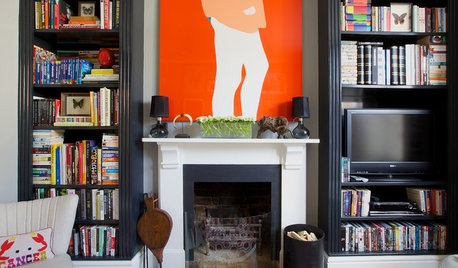
TRAVEL BY DESIGNHow to Prepare Your House for a Home Swap
Trading homes for your vacation? Leave yours in great shape for your guests and help them enjoy a happy break with these 12 tips
Full Story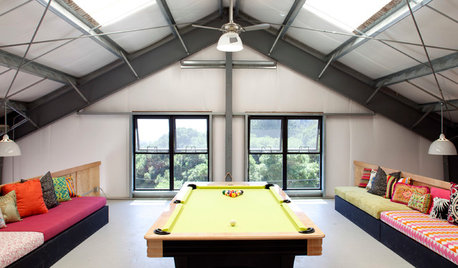
Winterizing: Prepare the House for Snow-Day Activities!
Here's how to set up your home for when you can't play outside
Full Story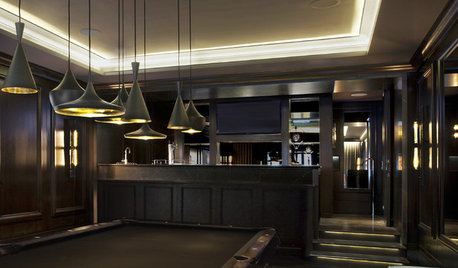
REMODELING GUIDESContractor Tips: Finish Your Basement the Right Way
Go underground for the great room your home has been missing. Just make sure you consider these elements of finished basement design
Full Story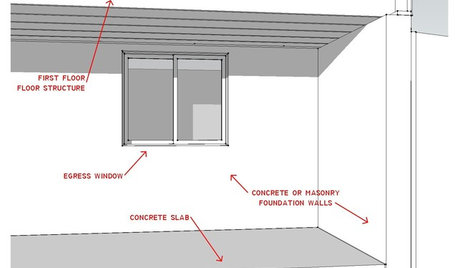
REMODELING GUIDESKnow Your House: The Steps in Finishing a Basement
Learn what it takes to finish a basement before you consider converting it into a playroom, office, guest room or gym
Full Story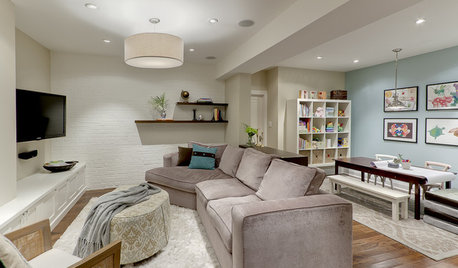
REMODELING GUIDES11 Ways to Finesse Your Finished Basement
Make your hideaway more enjoyable, fun and suited to your style with these useful tips
Full Story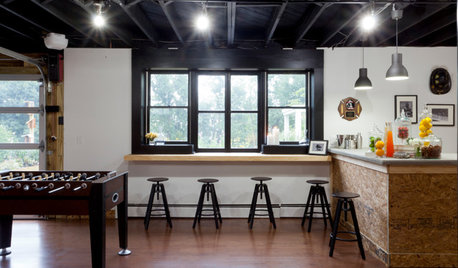
BASEMENTSBasement of the Week: Newly Finished and Open to the Outdoors
Relaxing, working, playing ... a New Jersey family can pick their pastime in this industrial-style walk-out leading to a new patio
Full Story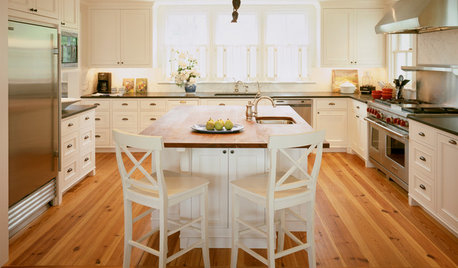
KITCHEN DESIGN3 Steps to Choosing Kitchen Finishes Wisely
Lost your way in the field of options for countertop and cabinet finishes? This advice will put your kitchen renovation back on track
Full Story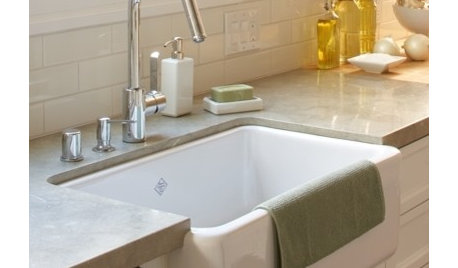
CONTRACTOR TIPSContractor Tips: Countertop Installation from Start to Finish
From counter templates to ongoing care, a professional contractor shares what you need to know
Full Story








jasper_60103
ontario_diyguy
Related Professionals
Cibolo General Contractors · Arkansas City General Contractors · Casas Adobes General Contractors · Clive General Contractors · Lincoln General Contractors · Mount Laurel General Contractors · Beachwood Architects & Building Designers · Panama City Beach Architects & Building Designers · Burr Ridge Flooring Contractors · Cranston Flooring Contractors · Des Plaines Flooring Contractors · Dublin Flooring Contractors · Pahrump Flooring Contractors · Petaluma Flooring Contractors · South Lake Tahoe Flooring Contractorshomebound
worthy